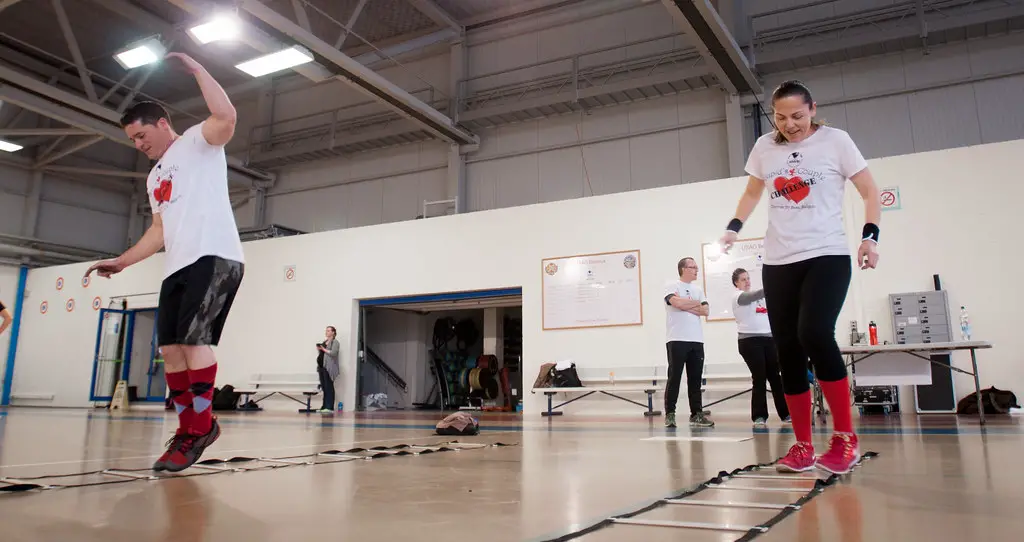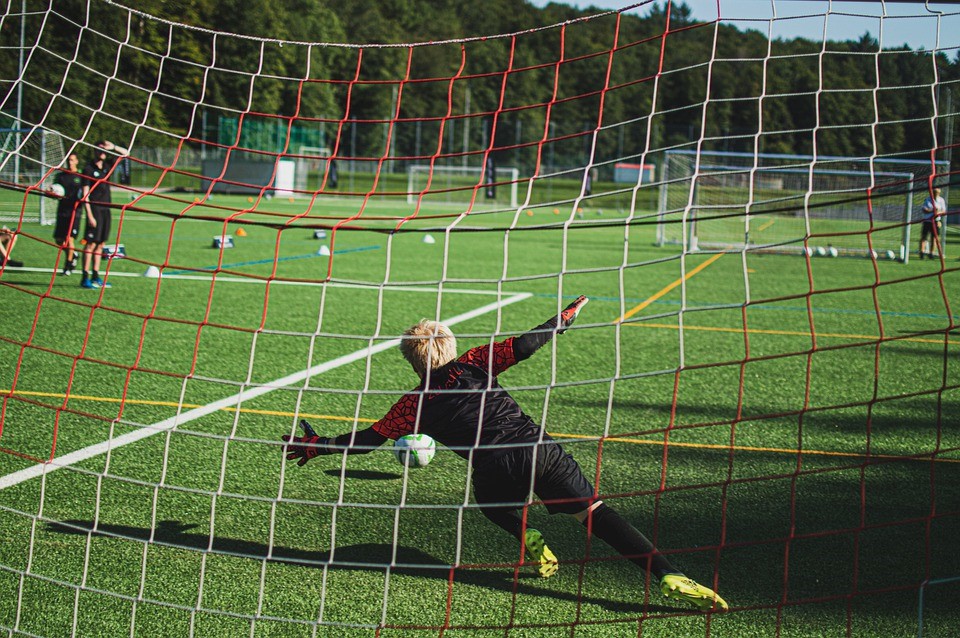When it comes to professional soccer, size doesn’t always equate to success on the field.
While height and physical stature play significant roles in many sports, soccer is a unique game where players of various sizes and heights can excel in different positions.
In this article, we will delve into the world of soccer and explore how the height and size of players can impact their performance, debunking the notion that bigger is always better.
The Myth of Height
One of the most fascinating aspects of soccer is how certain positions, such as midfielders, often prioritize agility, quickness, and technical skills over physical stature.
A prime example is Lionel Messi, who, at a modest 5’7″ (170 cm), has defied expectations with his unparalleled dribbling, creativity, and goal-scoring abilities.
Messi’s low center of gravity and agility give him an edge on the field, allowing him to navigate through tight spaces and evade defenders with ease.
Different Sizes for Different Roles
While midfielders like Messi demonstrate that size is not the sole determinant of success in soccer, there are positions where height can be advantageous.
Center backs, for instance, are often expected to win aerial duels, provide a physical presence, and defend set pieces effectively.
Players like Virgil van Dijk, standing at 6’4″ (193 cm), epitomize the importance of height in these roles, combining physicality with excellent defensive skills.
Let’s look at a few other specific well known players from recent years who exemplify how sizes can vary depending on the role of the player:
Xavi Hernandez: The diminutive Spanish maestro Xavi Hernandez, at 5’7″ (170 cm), showcased the power of intelligence, vision, and passing accuracy as a midfield orchestrator during his career. Despite not having the height advantage, he dominated games with his precise distribution and remarkable understanding of the game.
Zlatan Ibrahimovic: On the other end of the height spectrum, Swedish striker Zlatan Ibrahimovic towers over opponents at 6’5″ (195 cm). His height provides an advantage in aerial duels, making him a formidable presence in the box and a target for crosses to allow him to score more goals.
N’Golo Kanté: The tireless French midfielder N’Golo Kanté, standing at 5’6″ (168 cm), exemplifies the effectiveness of smaller players in midfield. Kanté’s relentless energy, exceptional tackling ability, and intelligence on the field have earned him widespread admiration and numerous accolades.
Soccer celebrates diversity in size and stature, allowing players of all heights to thrive in different positions on the field. While some positions may favor taller players, the game also rewards agility, technique, and intelligence, making size less crucial for success.
As fans, it’s important to appreciate the varied talents and contributions of players across the size spectrum.
So, the next time you watch a soccer match, remember that greatness comes in all sizes, and the true measure of a player lies in their skills, passion, and impact on the beautiful game.
Soccer Player Heights vs. Other Professional Sports
On average, soccer players tend to be shorter than athletes in sports like basketball or American football, which often prioritize height and physicality.
Professional basketball players, especially those in the NBA, are known for their exceptional height. The average height of an NBA player is around 6’7″ (200 cm) or taller. This is significantly taller than the average height of professional soccer players, which ranges between 5’9″ (175 cm) and 6’1″ (185 cm).
In American football, height also plays a crucial role, particularly for positions like quarterbacks, wide receivers, and tight ends. These positions often require players to have the height advantage to catch passes and have a broader field of vision. Quarterbacks, for example, are typically over 6 feet (183 cm) tall, with some even exceeding 6’5″ (195 cm).
Compared to these sports, professional soccer players are generally more compact. However, it’s important to emphasize that soccer’s focus on agility, speed, and technical skills allows players of varying heights to excel in different positions. While there are taller players in soccer, especially in positions like center back or goalkeeper, the sport embraces a diverse range of body types and skill sets.
Ultimately, the height disparities between professional soccer players and athletes in other American professional sports reflect the distinct demands and strategies of each sport. Soccer’s emphasis on finesse, quickness, and tactical awareness provides opportunities for players of various sizes to make significant contributions on the field.






Leave a Reply